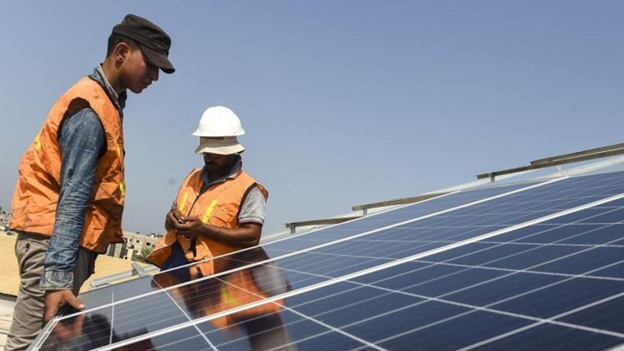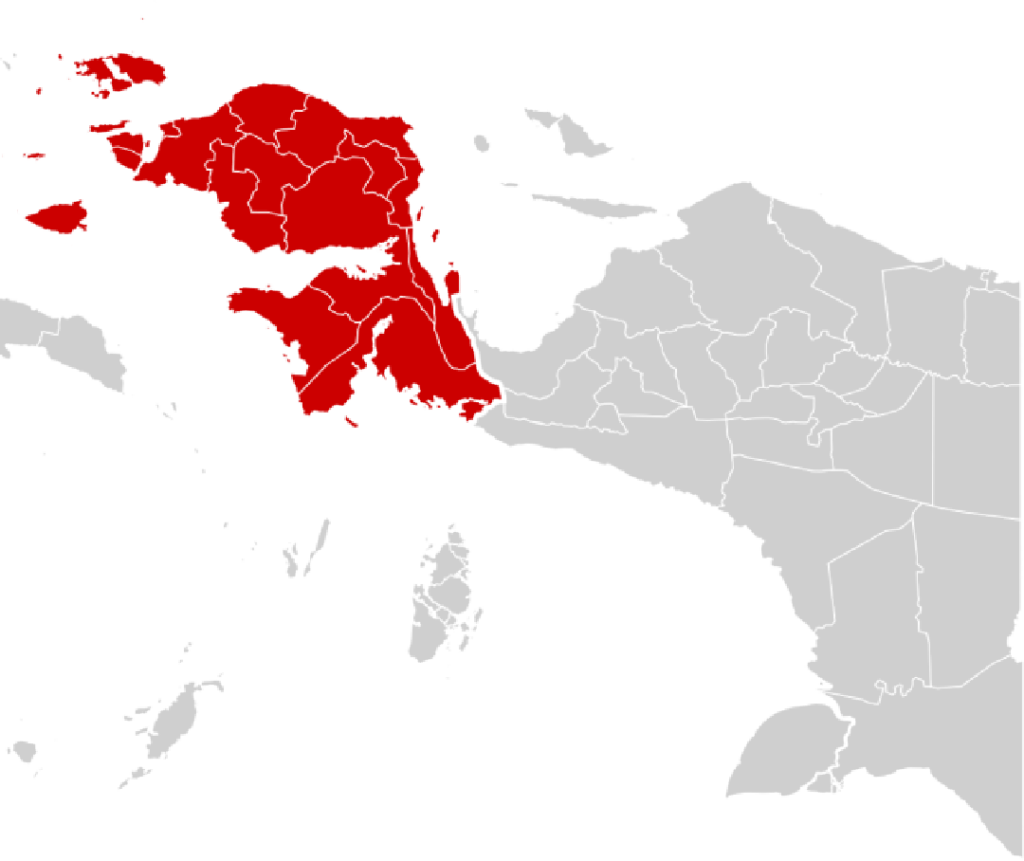West Papua is famous for its beautiful landscape and culture, making conservation effort a top priority for the region.
In the meantime, Indonesian government is trying to provide the people with electricity, making energy and technology infrastructures crucial for the province.
Advancing renewable energy and clean technology in West Papua will be the perfect answer for both concerns.
An Island of Abundant Resources
Located on the west part of the island, West Papua is renowned for its vast biodiversity and natural resources.
Additionally aside from tourism, agriculture and mined minerals support a large portion of the region’s economy.
1. Agriculture
Firstly West Papua’s agricultural commodities are among the most diverse in the country.
Produces ranges from spices (such as nutmeg and cloves), cocoa, coffee, palm oil, coconut, root vegetables (carrot, cassava, sweet potato), and other commodities.
These products are vital for West Papua economic growth and food security.
2. Crude Oil
Sorong City, the largest city in West Papua, is known for its oil reserves. Crude oil exploration and production facilities are located in the Klamano, Salawati, Linda, and Bintuni fields.
The Dutch colonial government began drilling for oil in 1935 through the Nederlands Nieuw-Guinea Petroleum Maatschappij (NNGPM), and oil procurement in the region has continued ever since.
3. Gold and Copper
Lastly the island of Papua holds one of the largest natural reserves of gold and copper in the world, mined in the Grasberg open pit mine.
The mine is located in the Tembagapura District of Mimika Regency and is one of the largest open pit mines in the world.
Operated by PT. Freeport Indonesia, the mine produced approximately 1.37 million recoverable ounces of gold in 2021, and an estimated 1.34 billion recoverable pounds of copper.
Renewable Energy in West Papua
To support the daily lives of West Papuans and the growing, cultivating, and processing of all the aforementioned commodities, the government must find a way to provide a vast amount of energy and electricity.
At the same time, the preservation of Papua’s environment must also be a top priority.
In order to address both urgencies, Indonesian government through The Ministry of Energy and Mineral Resources (MEMR) installed Power Distribution Equipment as well as Power Charging Station in residents’ homes.
This equipment uses solar energy and transforms it into electricity. As a result, the night sky in the villages and rural areas will no longer be pitch-black.
The project is a part of Indonesian Government’s project to provide electricity to the the villages in both Papua and West Papua Provinces.
In total, there are 37 villages that would be electrified by the project. The project itself is a joint effort by MEMR and state-owned electric company PT PLN (Persero).
Besides solar-powered modules for homes, the government is also advancing and maximizing the utilization of renewable energy sources in West Papua,
Including wind, water, biomass, and ocean energy. By 2028, the government is expected to have:
§ Maximized renewable energy potentials.
§ Developed substantial power plants, transmission, and electrical substations.
§ Electrified West Papua’s rural areas through Papua Light Expedition program.
§ Supported rural electricity with PLN Smart Batteries.
Challenges
The effort to promote renewable energy for Papua is not an easy feat. Since the renewable energy sources are mostly untapped, the government must build the infrastructure needed for the programs.
Furthermore, the high cost means the government must secure sufficient investments to fund the program.
Strong collaborations between central and local government are also highly important. To make sure the program will yield the desirable outcome.


